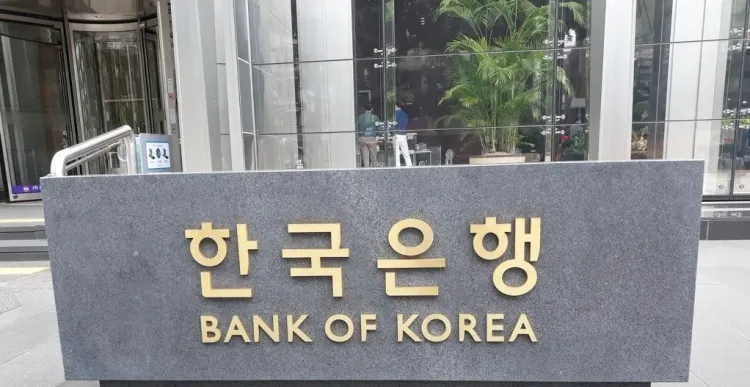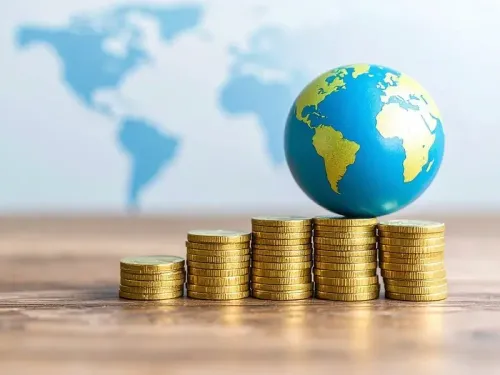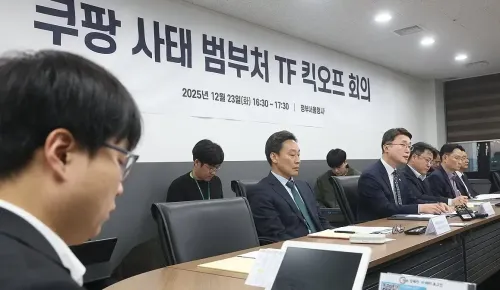How Did S. Korea's Economy Grow 0.6% in Q2?

Synopsis
Key Takeaways
- South Korea's economy grew by 0.6% in Q2.
- Private consumption rebounded significantly.
- Exports, especially in semiconductors, performed well.
- Political uncertainties affected earlier economic performance.
- Future U.S. tariffs could impact economic growth.
Seoul, July 24 (NationPress) The economy of South Korea saw a growth of 0.6 percent in the second quarter, fueled by a resurgence in private consumption and strong export performance, as revealed by central bank data on Thursday.
The nation's real gross domestic product (GDP)—a crucial indicator of economic progress—climbed by 0.6 percent during the April–June timeframe compared to the prior quarter, marking a recovery from an unexpected 0.2 percent decline in the first quarter, based on preliminary data from the Bank of Korea (BOK).
This growth outpaced market forecasts of a 0.5 percent increase, as reported by Yonhap news agency.
Year-on-year, the economy grew by 0.5 percent in the second quarter, contrasting with no growth in the initial three months of this year.
The contraction during the first quarter was attributed to a domestic political crisis ignited by former President Yoon Suk Yeol's declaration of martial law, alongside uncertainties related to U.S. President Donald Trump's
“Despite sluggish construction investment, exports performed better than anticipated due to strong semiconductor shipments in the second quarter. Private consumption also rebounded after the easing of domestic political uncertainties,” stated BOK official Lee Dong-won.
Private spending increased by 0.5 percent in the second quarter, driven by rising expenditures in the automobile and cultural sectors. Government spending also saw a rise of 1.2 percent.
However, facility investment declined by 1.5 percent, as did construction investment.
The BOK noted that net exports and domestic demand each contributed 0.3 percentage point to the economic expansion in the second quarter.
The impact of the United States' aggressive tariff strategy on South Korean exports was minimal in the second quarter, following a postponement of the 25 percent reciprocal tariffs, according to the BOK.
“Anticipated demand prior to future tariff increases also aided in export growth during this timeframe,” added Lee.
In April, Trump delayed the reciprocal tariffs on South Korea and other trade partners for 90 days, extending the deadline to August 1. Currently, the Seoul government is engaged in intensive trade discussions with Washington.
“From the third quarter onwards, the effects of U.S. tariffs are expected to become more significant. However, domestic demand could improve, driven by the supplementary budget and a revival in economic sentiment,” the official remarked.
The BOK previously projected that the South Korean economy would grow by 0.8 percent this year, following a 2 percent expansion in 2024.










